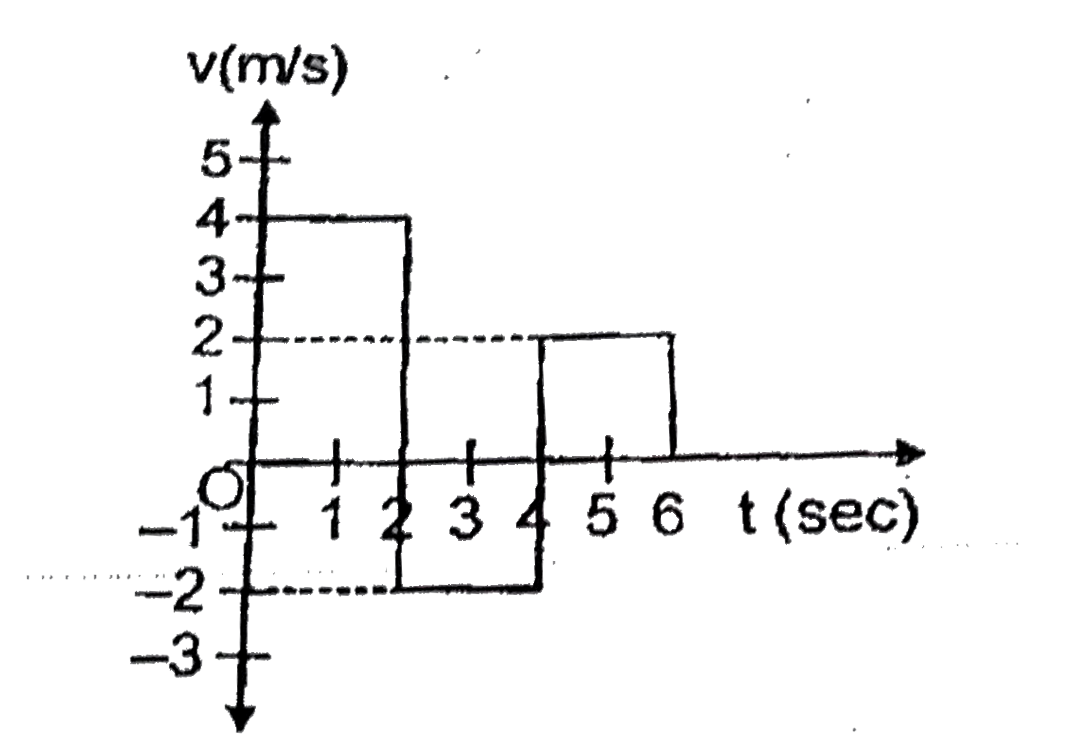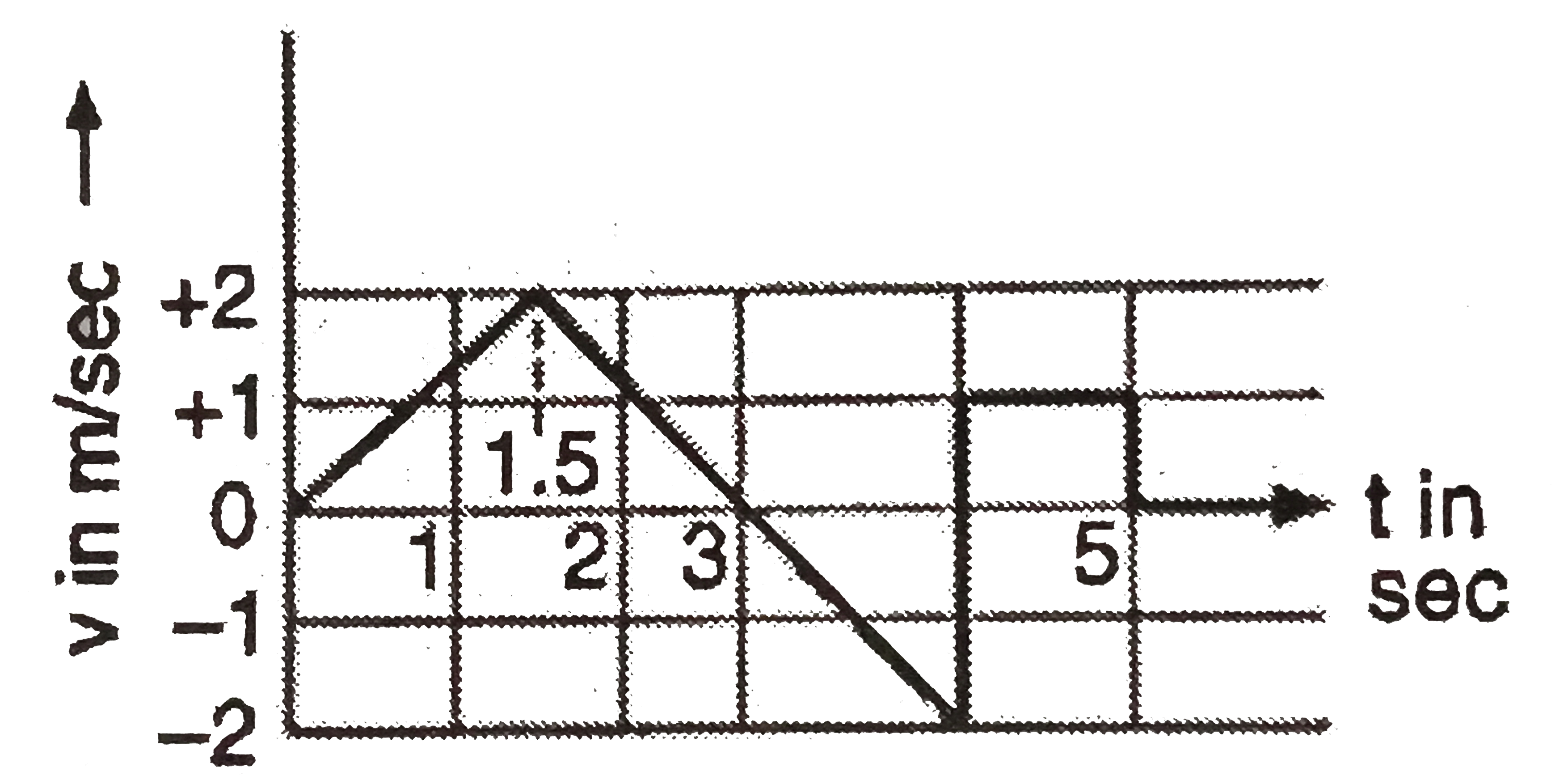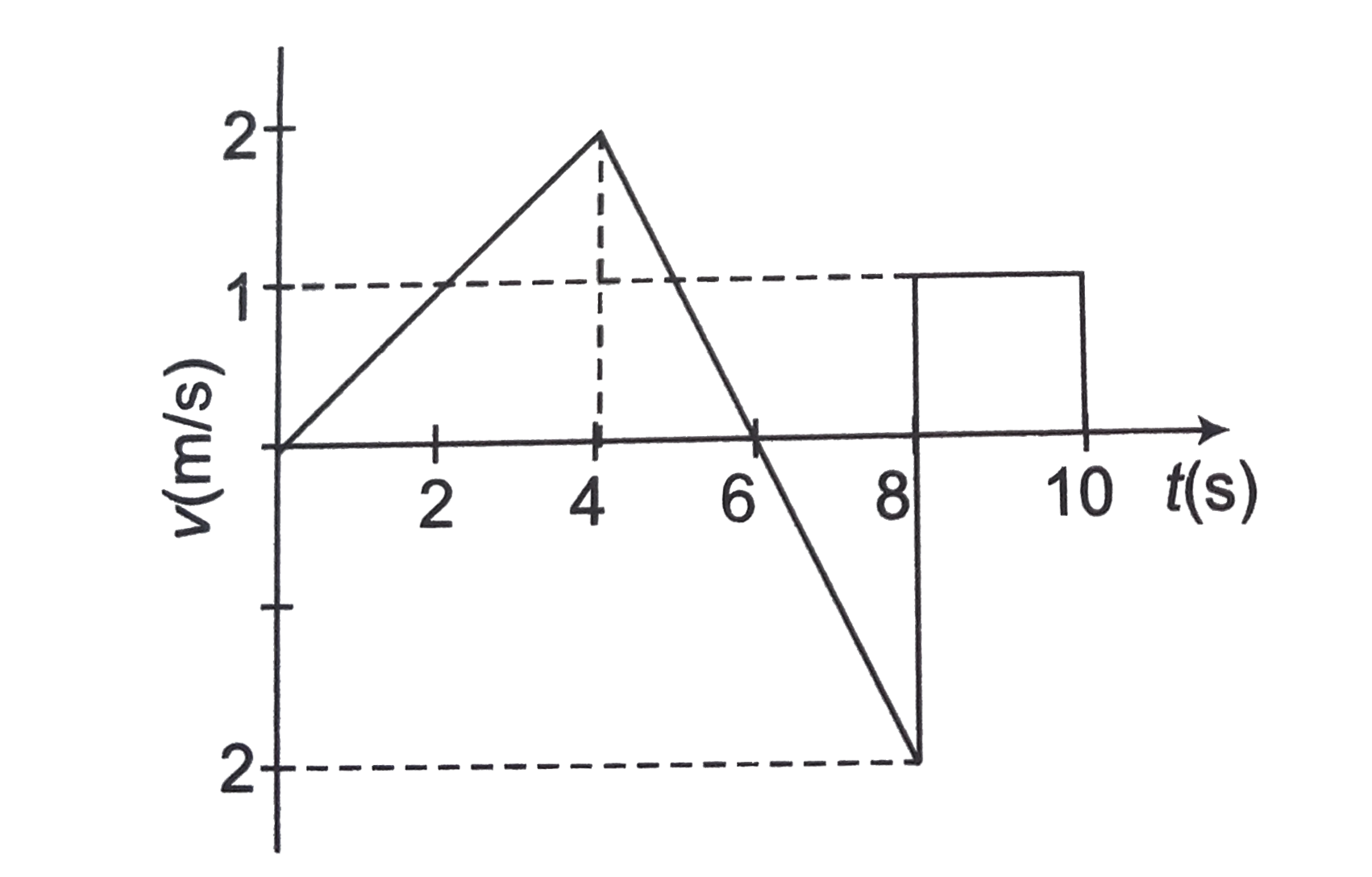If the velocity of a body moving in a straight line is proportional to the square root of the distance traversed, then it moves with
variable force
constant force
zero force
zero acceleration
The correct Answer is:B
Let v be the velocity and s be the distance traversed by the body at any time t. then,
v∝√s
⇒v=λ√s, where λ is a constant
⇒dvdt=λ2√sdsdt
⇒dvdt=λ2√s(λ√s)=λ22=const.
implies Acceleration = Constant
Topper's Solved these Questions
- BOOK - OBJECTIVE RD SHARMACHAPTER - DERIVATIVE AS A RATE MEASURER EXERCISE - Exercise26videos
DERIVATIVE AS A RATE MEASURER
- BOOK - OBJECTIVE RD SHARMACHAPTER - DERIVATIVE AS A RATE MEASURER EXERCISE - Exercise26videos
DERIVATIVE AS A RATE MEASURER
- BOOK - OBJECTIVE RD SHARMACHAPTER - DEFINITE INTEGRALSEXERCISE - Chapter Test 260videos
DEFINITE INTEGRALS
- BOOK - OBJECTIVE RD SHARMACHAPTER - DIFFERENTIAL EQUATIONSEXERCISE - Chapter Test30videos
DIFFERENTIAL EQUATIONS
Similar Questions
The velocity of a particle moving in a straight line is directly proportional to 3/4th power of time elapsed. How does its displacement and acceleration depend on time?
View SolutionThe velocity of a body moving in a straight line is increased by applying a constant force F, for some distance in the direction of the motion. Prove that the increase in the kinetic energy of the body is equal to the work done by the force on the body.
View Solution
Knowledge Check
- Question 1 - Select One or More
The velocity-time graph of a body moving in a straight line is shown in the figure.
 AThe magnitude of displacement of the body in 1st 2 sec is 8 mBThe magnitude of displacement of the body in 1st 4 sec is 4 mCThe distance travelled in 1st 2 sec is 8 mDThe distance travelled in 1st 4 sec is 12 m
AThe magnitude of displacement of the body in 1st 2 sec is 8 mBThe magnitude of displacement of the body in 1st 4 sec is 4 mCThe distance travelled in 1st 2 sec is 8 mDThe distance travelled in 1st 4 sec is 12 m - Question 2 - Select One
If a point is moving in a line so that its velocity at time t is proportional to the square of the distance covered, then its acceleration at time t varies as
Acube of the distanceBthe distanceCsquare of the distanceDnone of these - Question 3 - Select One
If a particle is moving such that the velocity acquired is proportional to the square root of the distance covered, then its acceleration is
Aa constantB∝s2C∝1s2D∝s
The variation of velocity of particle moving along a straight line is shown in the figure. The distance travelled by the particle in 4th second is
View SolutionThe variation of velocity of particle moving along a straight line is shown in the figure. The distance travelled by the particle in 4th second is?
View SolutionThe velocity versus time graph of a body moving in a straight line is as follows. The distance travelled by the body is 5 sec is
 View Solution
View SolutionThe velocity-time graph of a body moving in a straight line is given below. The displacement of the body in 10 s is
 View Solution
View SolutionIf average velocity of particle moving on a straight line is zero in a time interval, then
View Solution
